Native Iris
$5.99
Patersonia Occidentalis
- Seed Count 70
- Australian Native Wildflower
- Perennial
- Height 60 cm
In stock
Description
If you’re looking for a tough-as-nails plant that brings a touch of wild elegance to your garden, meet the Native Iris, or Western Patersonia. This Aussie native is a real gem, thriving in conditions that might make other plants throw in the towel. Growing from a sturdy underground rhizome, it’s built to handle the Australian climate, making it a dream for gardeners who want beauty without the fuss.
From spring through summer, this little wonder puts on a show. Its strappy, grass-like foliage forms a lush green base, while long stems rise up, topped with stunning purple flowers that seem to dance in the breeze. The flowers only last a day but a well grown plant will produce good numbers over the season, making them worthwhile for landscaping and garden use.
The Native Iris is a sun-loving, drought-tolerant champ, perfectly suited to dry, warm climates and sandy soils. It’s right at home in cottage gardens or coastal settings, and it’s even tough enough to handle light frosts. Plus, it’s a magnet for beneficial insects, doing good work for your garden ecosystem.
A little tip for seed starting: a bit of smoke treatment to kickstart germination. It’s like giving them a little wake-up call to get growing!
| Method: Seedlings | Soil Temp: 15°C - 23°C |
| When: Cool Mountain Nov - Dec | Position: Full sun |
| When: Temperate Sep/Nov, Mar/June | Soil: Average, good drainage |
| When: Sub Tropical May - Oct | Planting Depth: 3mm |
| When: Arid Aug - Jan | Row Spacing: 30cm apart |
| When: Tropical Not Recommended | Plant Height: 60cm |
Natural Habitat and Characteristics
Native Range:
- Found in southwestern Western Australia, particularly in sandy or gravelly soils in heathlands, woodlands, and coastal areas.
Growth Habit:
- Clump forming, with straplike leaves and short lived flowers on slender stems.
- Flowering Season: Spring (September to November).
Climate and Soil Requirements
Climate:
- Thrives in Mediterranean climates with cool, wet winters and warm, dry summers.
- It is well suited to regions in southern Australia, including parts of Western Australia, South Australia, Victoria, and Tasmania.
Soil:
- Prefers well drained, sandy or gravelly soils.
- Tolerates poor soils but performs best in slightly acidic to neutral pH (6.07.0).
- Avoid heavy clay soils or waterlogged conditions, as this can cause root rot.
Planting
Location:
- Choose a sunny to partially shaded position.
- Full sun is ideal for optimal flowering.
- Protect from strong winds, which can damage the delicate flowers.
Spacing:
- Space plants 30 cm apart to allow for clump formation.
Propagation:
- Sow seeds in a native seed raising mix.
- Smoke treatment required to kick start germination
- Germination can be slow and irregular; patience is required.
Watering
Establishment Phase:
- Water regularly after planting to help the roots establish.
- Keep the soil moist but not waterlogged.
Mature Plants:
- Once established, the Native Iris is drought tolerant and requires minimal watering.
- Water sparingly during dry spells in summer.
Overwatering:
- Avoid overwatering, as this can lead to root rot.
Fertilising
- Native Iris is adapted to low nutrient soils and generally does not require fertilising.
- If growth is poor, apply a low phosphorus, slow release native plant fertiliser in early spring.
Mulching
- Apply a light layer of mulch (e.g., gravel or coarse sand) around the base of the plant to retain moisture and suppress weeds.
- Avoid heavy organic mulches, as they can retain too much moisture and cause fungal issues.
Pruning and Maintenance
Deadheading:
- Remove spent flowers to encourage a tidy appearance.
Leaf Trimming:
- Trim back dead or damaged leaves in late summer or autumn to promote new growth.
Division:
- Divide clumps every 3-4 years in autumn to maintain vigour and prevent overcrowding.
Pests and Diseases
Pests:
- Generally, pest resistant but may occasionally attract aphids or snails.
- Control with organic methods if necessary.
Diseases:
- Root rot can occur in poorly drained soils.
- Ensure good drainage to prevent this issue.
Landscaping Uses
Gardens:
- Ideal for native gardens, rockeries, and coastal gardens.
Borders:
- Use as a border plant or in mass plantings for a striking display.
Containers:
- Suitable for growing in pots with well drained soil.
Conservation and Ethical Considerations
- Native Iris is not considered threatened, but it is important to source plants or seeds from reputable nurseries to avoid impacting wild populations.
Order Times
Seed orders are normally dispatched within three business days. You will receive an email when seeds are mailed out.
Postage Days
Seeds are mailed out Monday to Friday at 1pm. Except for the Friday of long weekends.
Postage Times
WA 2-3 Days: SA,NT 3-5 Days: NSW, ACT, QLD, VIC: 5-7 Days
Carrier
We use Australia Post Letter Postage for the majority of orders
Not only are our seeds packed in recycled paper envelopes, we keep the theme going when we post out website orders. To protect your seeds from moisture and the letter box munchers (snails), we use a very special plastic free material made from plants. They are then put into recycled mailing envelopes. Green all the way 💚🌿

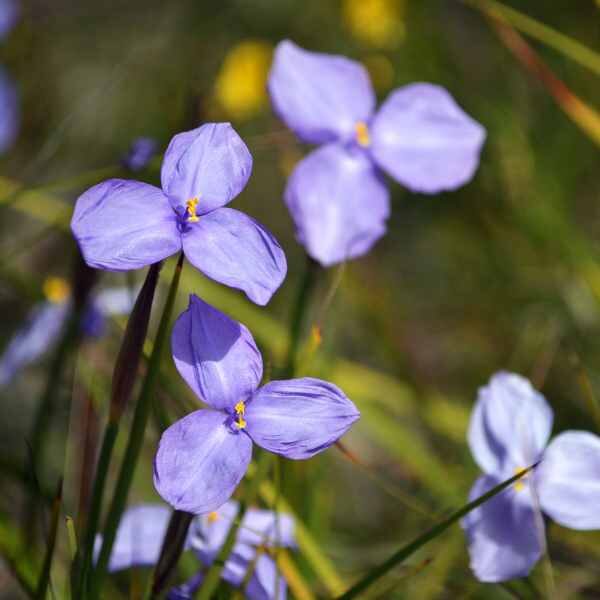




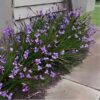
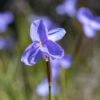
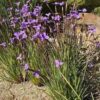


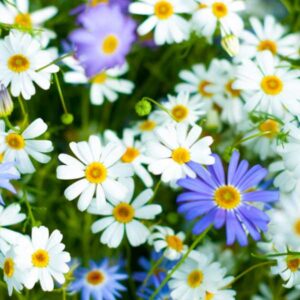
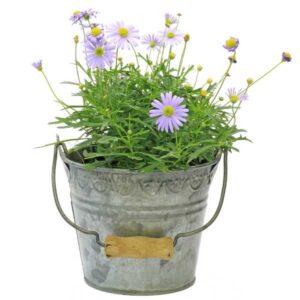
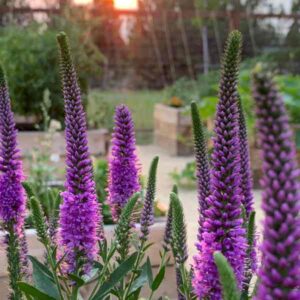
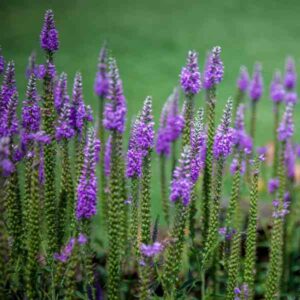
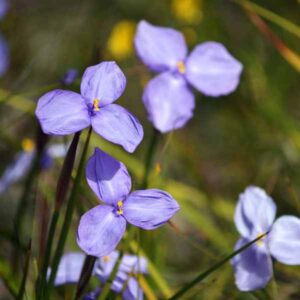
1 review for Native Iris